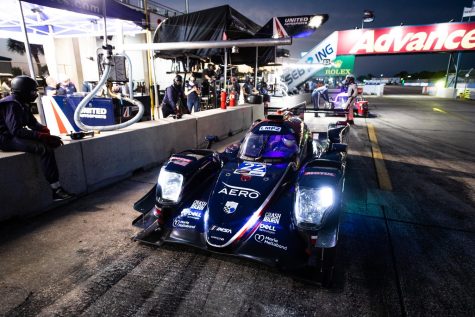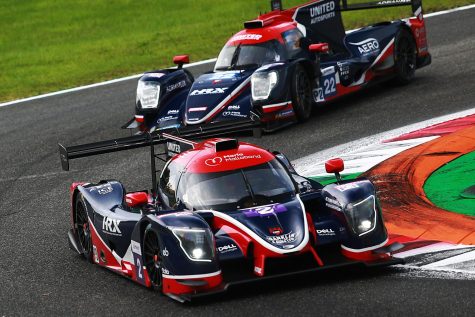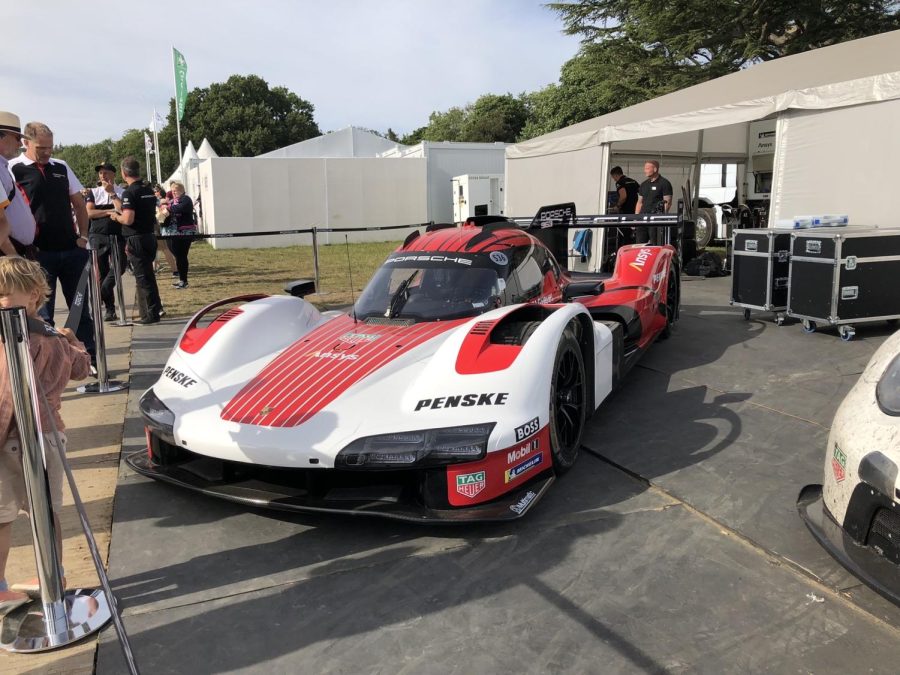Sports Car Racing for DUMMIES
When you’re on the highway and see an Audi speeding past you at 95 miles per hour, you may think, “That’s gotta be the fastest an Audi can go.” You’d be surprised to find that there is a much faster Audi than that: Audi’s LMP1 race car in 2011, which reached speeds of 208 miles per hour during the 24 Hours of Le Mans. This is the pinnacle of speed and reliability – endurance sports car racing.
In sports car racing, there are two main types of cars that often compete on track together: Prototypes and Grand Touring (GT) cars. Prototypes are the quicker of the two, often weaving through GT cars like a motorcycle in heavy interstate traffic.
The fastest and most exclusive type of prototype – LMDh – is reserved for world-renowned brands such as BMW, Acura, and Cadillac. The name, which stands for Le Mans-Daytona Hybrid, is a long-awaited unification between the two premier sports car races – the 24 Hours of Le Mans in France and the Rolex 24 at Daytona. For the first time, teams can use the same machinery for both of these legendary events.
Each of the competing brands are given a similar chassis that they’ll build upon with “styling cues” to resemble their road cars, and power with their own race-ready engine. The LMDh class will compete in both the U.S.-based IMSA (International Motor Sport Association) Championship (as GTP) and the globe-trotting FIA World Endurance Championship (as Hypercar), allowing teams to compete in both events. These 650-horsepower beasts will endure up to 24 hours of high speed, side-by-side racing, only stopping for driver changes and basic maintenance such as refueling and tire changes.

The second-fastest example is Le Mans Prototype 2 (LMP2), a universal formula consisting of “spec” race cars. “Spec” means the class is mostly identical Oreca-built race cars, built for amateur drivers. These amateurs are anything from entrepreneurs to dentists – all of which have deep pockets and an immense passion for racing. They are typically paired with professional drivers to form “Pro-Am” lineups. Since these gentleman drivers have less skill than professionals, LMP2 cars use traction control. This gives the driver the ability to brake later with less risk of losing control. This system alone makes LMP2 attractive to racers worldwide.

One “step” down from LMP2, you’ll find a similar class known as Le Mans Prototype 3 (LMP3). LMP3 cars are built by Duqueine, Ligier, and Ginetta, but are all powered by Nissan engines. This formula is also used worldwide, although it is typically for entry-level drivers who are just arriving to the wide world of sports car racing. These young, hungry racers are the future of sports car racing; those who will eventually rise to the coveted top-flight of sports car racing: LMDh.
Sports Car racing is unique because it features driver changes. In all IMSA (International Motor Sport Association) events, teams will have multiple drivers who drive in shifts throughout each race. The top series, the WeatherTech Championship, features two separate competitions; the Sprint Cup (2-hour, 40-minute races) and the Michelin Endurance Cup, which is headlined by the 24 Hours of Daytona.
In the Sprint Cup, each car has two drivers who are supported by two additional drivers for the longer Michelin Endurance Cup races, which are 6, 10, 12 and 24 hours in length. In this year’s 24 Hours of Daytona, 61 cars started the race with a total of 235 drivers from two dozen countries – putting the ‘International’ in the International Motor Sport Association.
It’s not just the drivers that are international – sports car racing is a spectacle with leagues around the world; from the beaches of Florida to the rolling hills of Austria and high-rise cities of Dubai, sports car racing has global appeal and nonstop action.
Together, LMDh, LMP2 and LMP3 make up just half of the ecosystem present in America’s very own IMSA WeatherTech SportsCar Championship. The 2023 IMSA season begins on January 28 at the 24 Hours of Daytona. The 61st edition of the Florida endurance classic will stream live on the Peacock app and the NBC family of networks.
Your contribution will allow us to purchase equipment, attend education conferences, and cover our annual website hosting costs.











